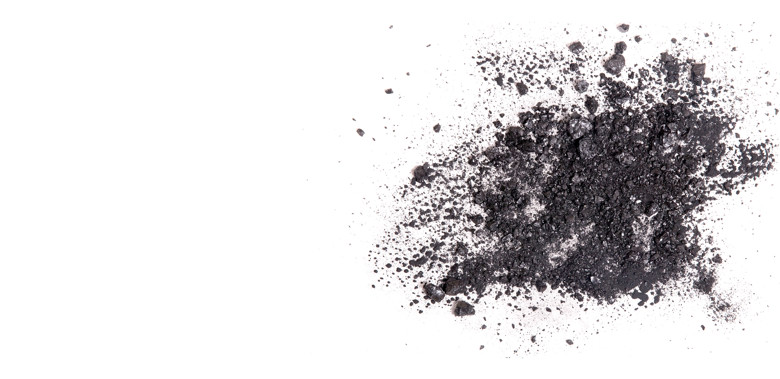The project in brief
We at HSY are developing innovative treatment methods for utilising the carbon and nutrients in wastewater to promote the circular economy. The pyrolysis of sewage sludge is an important strategic project for HSY, which, together with the RAVITA technology developed by HSY, forms a concept in which the nutrients and carbon from wastewater sludge can be recycled more efficiently. You can read more about this joint concept on the RAHI project page.
Wastewater sludge has been used in agriculture and landscaping, but the introduction of novel treatment methods is considered necessary in order to find new and long-term solutions for the utilisation of sludge. The pyrolysis of sewage sludge is one solution of the future. The end product of the process is charcoal-like sludge char, which can be used as a soil conditioner or in stormwater filtration, for example. Char from pyrolysis is very stable. If used in soil conditioning, it will not be released back into the atmosphere and thus will not contribute to climate change.
We built a pilot plant at the Ämmässuo eco-industrial centre to test the pyrolysis of wastewater sludge. With this method, dried wastewater sludge is treated under anaerobic conditions and at a high temperature. The plant is used to optimise the operation of the process, its energy balance, and the quality of the end product. The pilot plant is currently in the start-up phase.
We carry out research cooperation with several different organisations. We study the properties and potential new applications of sludge char. Cooperation in the project is currently underway with Häme University of Applied Sciences and Aalto University. More information on the previous project carried out in cooperation with the Natural Resources Institute Finland and Gasum is available on the “Background to the project” page.
